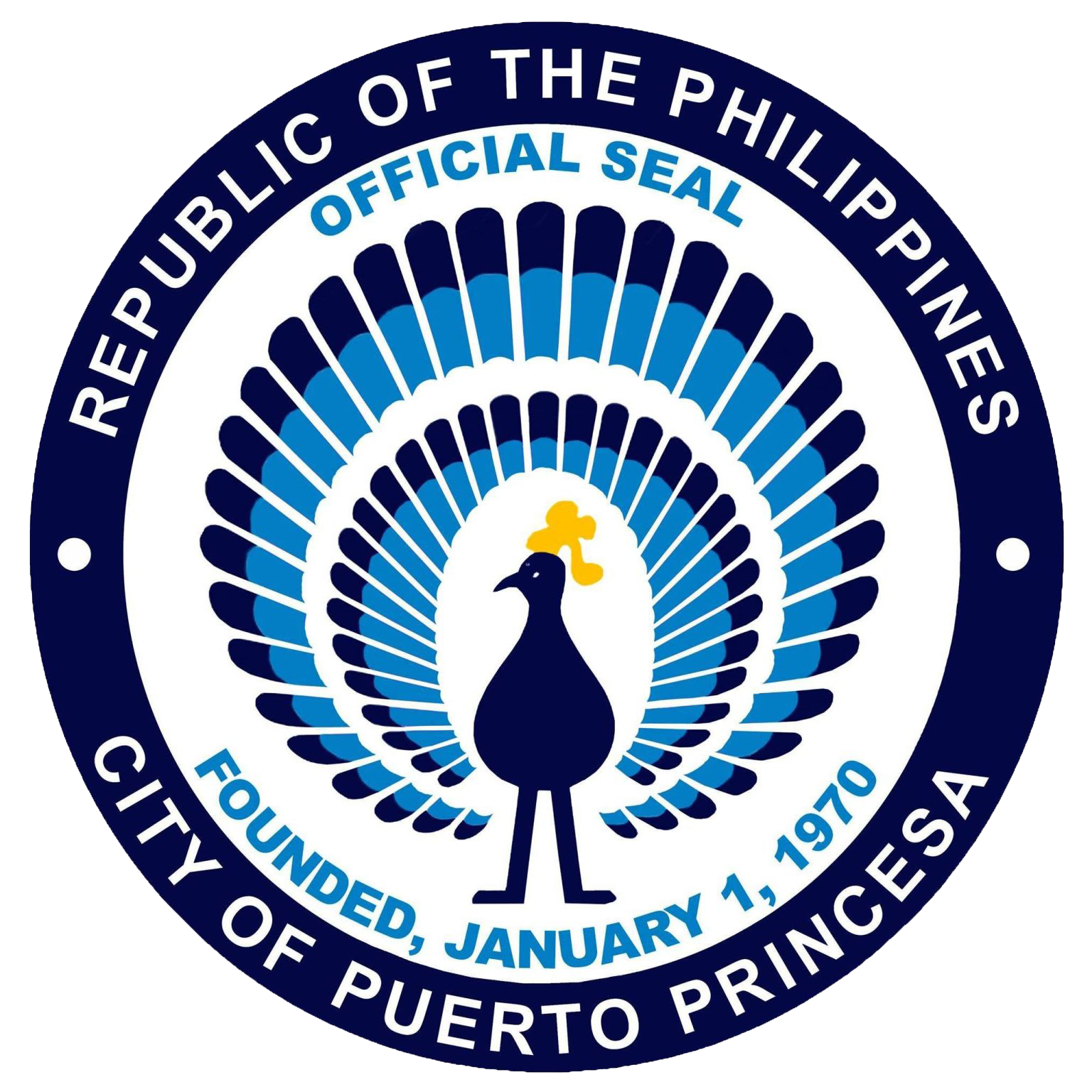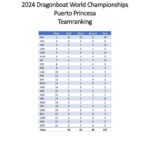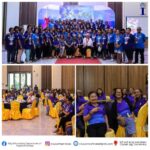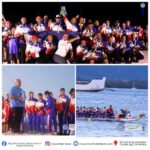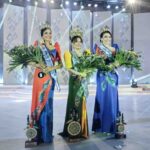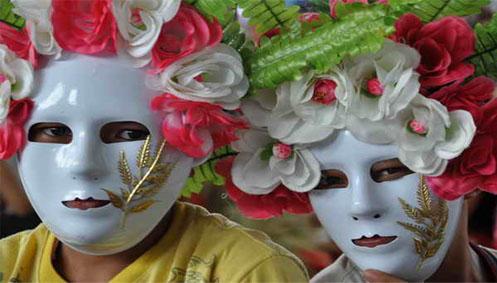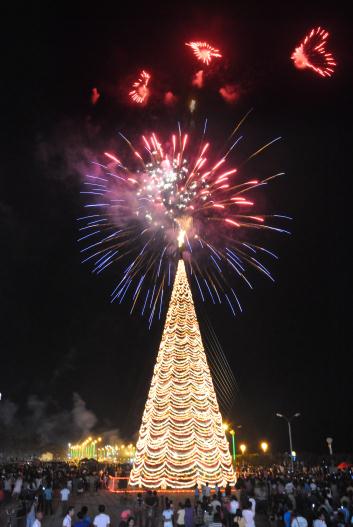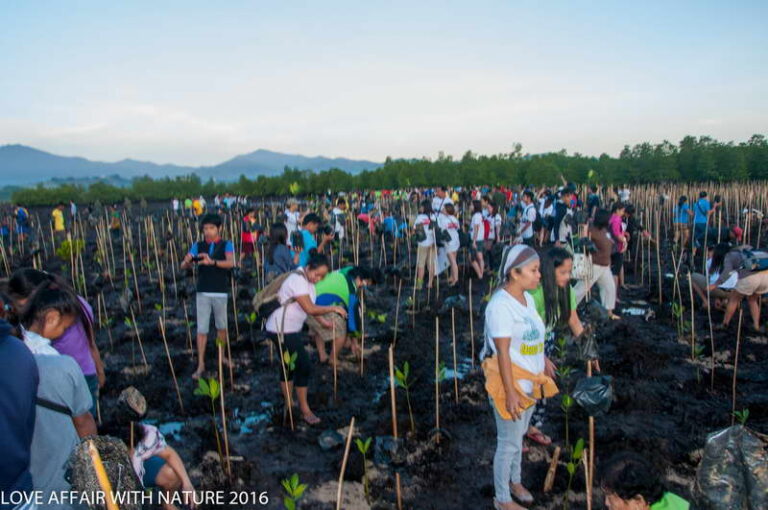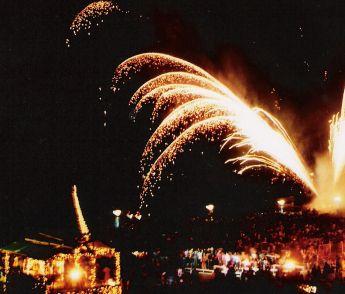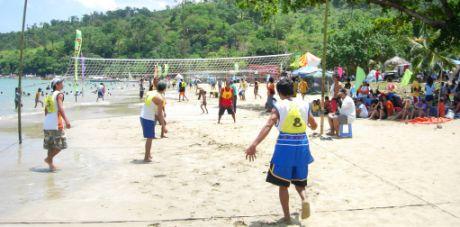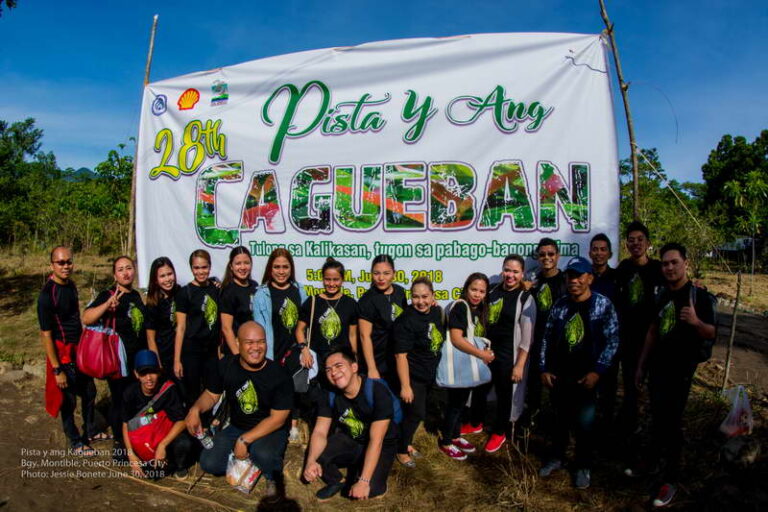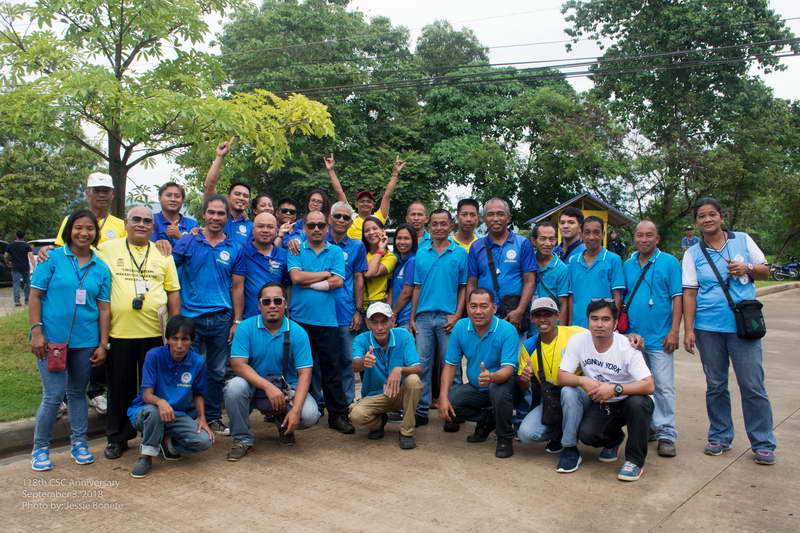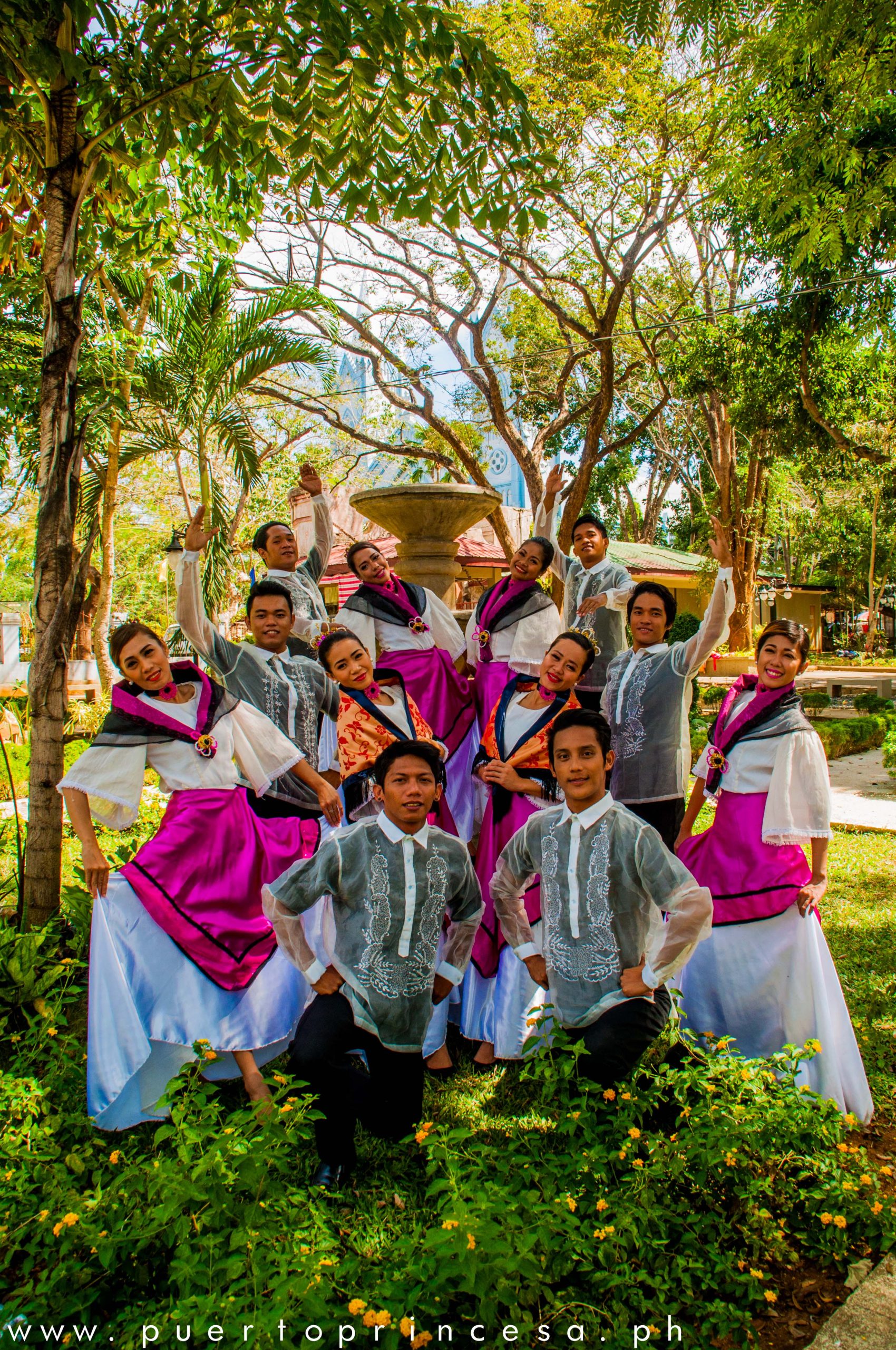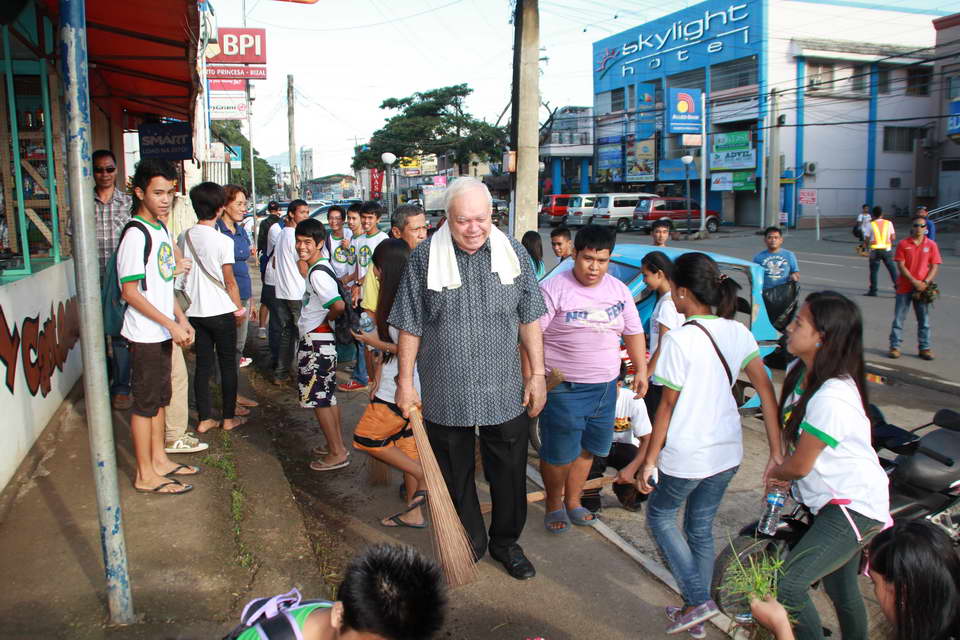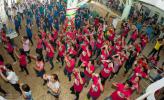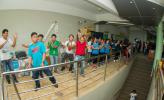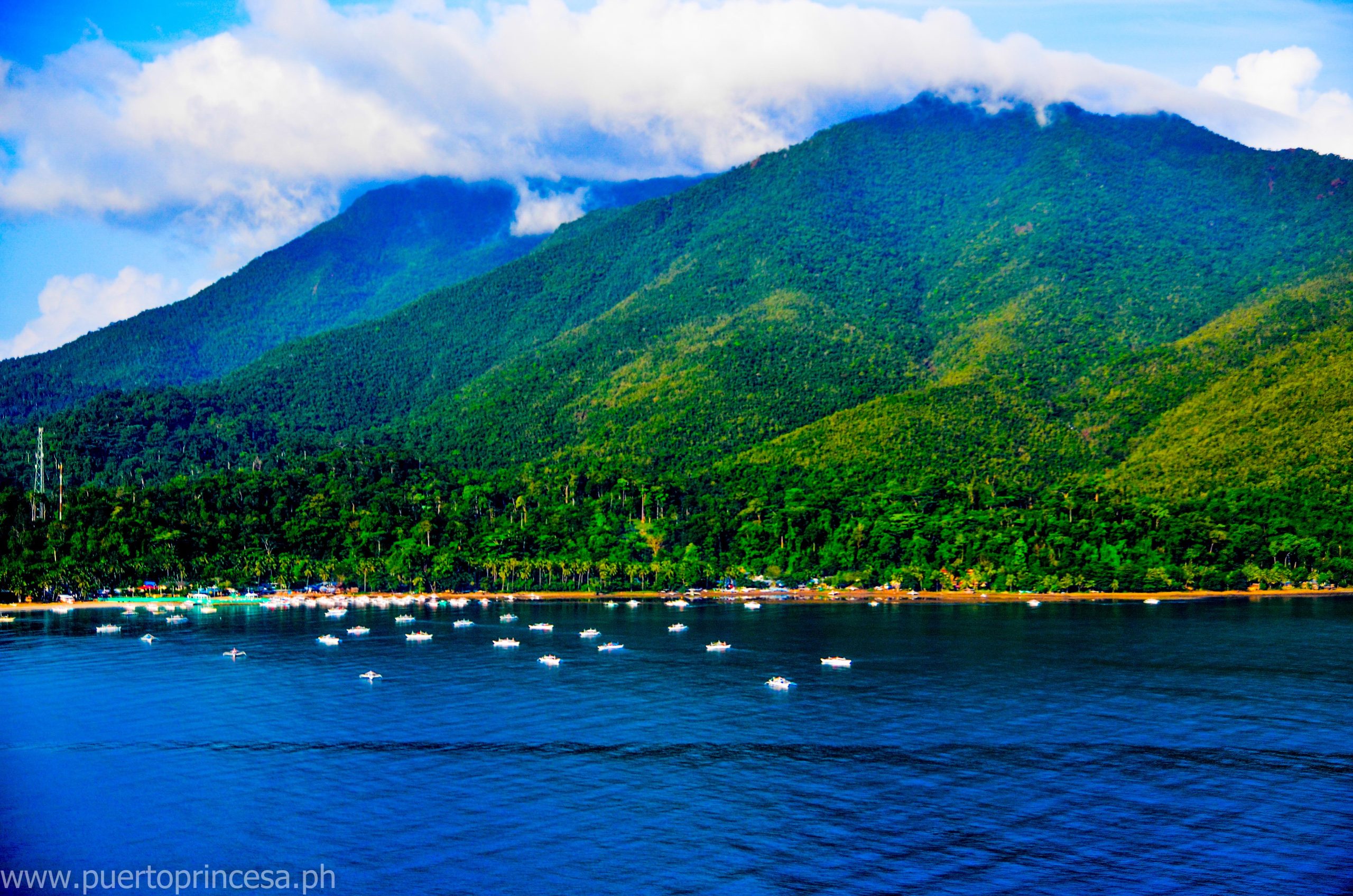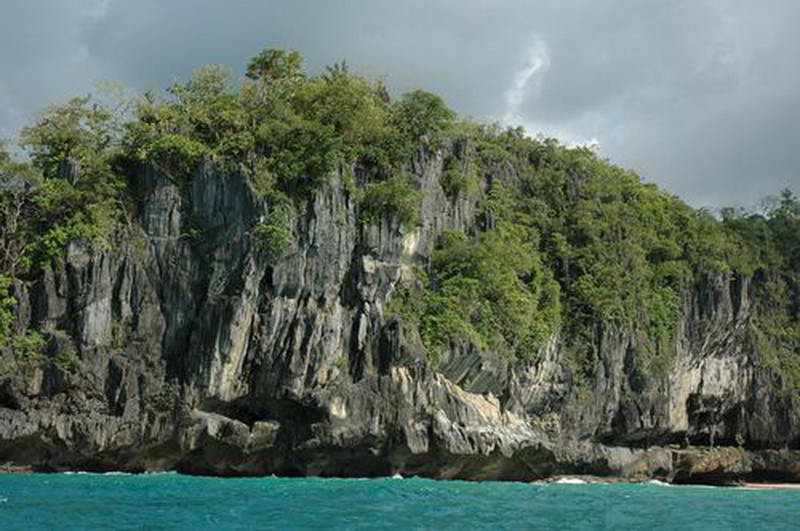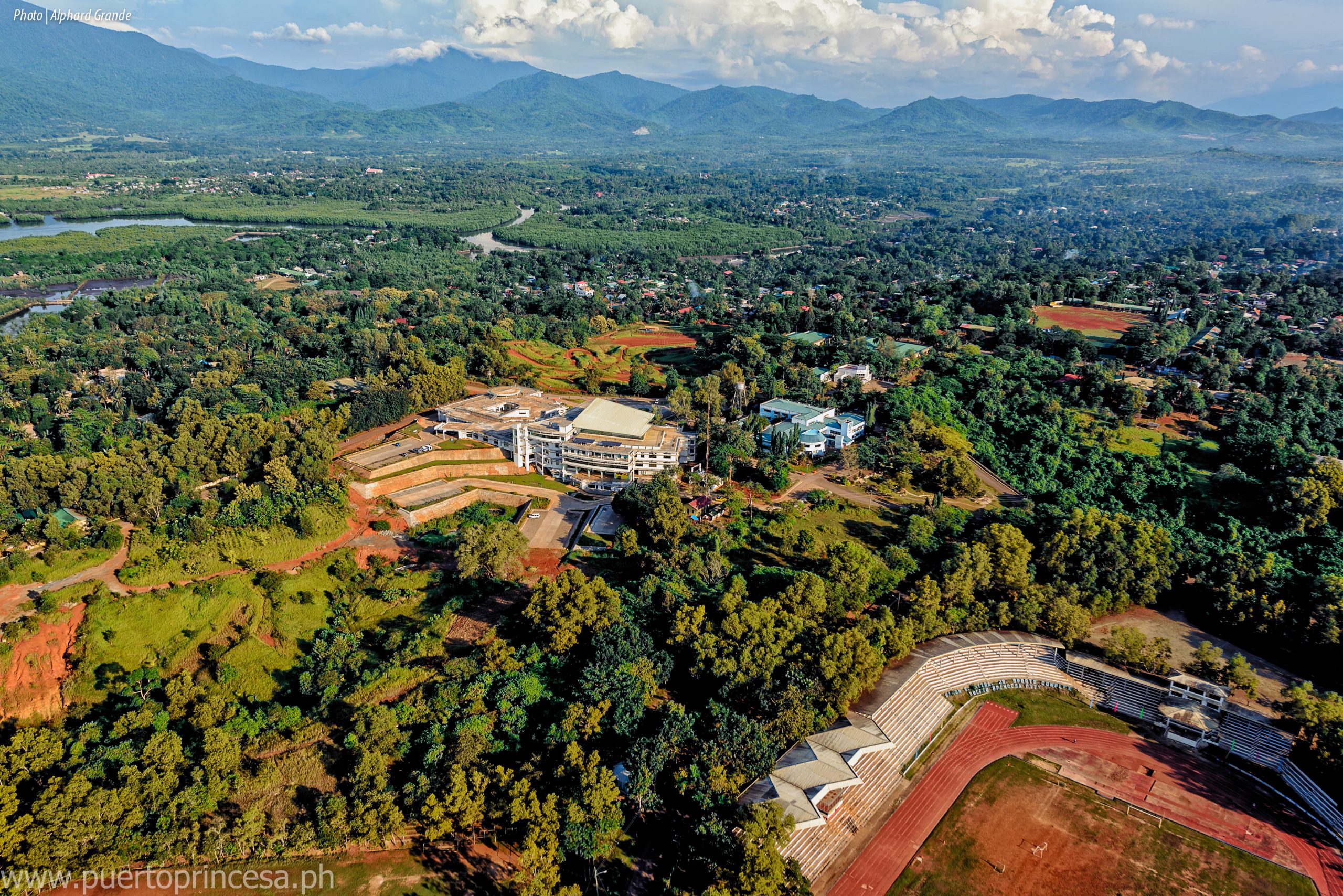City Honors and Awards
Step Into a Subterranean Paradise
Discover the breathtaking beauty of one of the New7Wonders of Nature. Glide through an underground river system filled with majestic rock formations and hidden chambers.
8.2 km
Total length of the underground river
4.3 km
Navigable section of the river
1 of 7
New7Wonders of Nature
1999
UNESCO Heritage Site designation
100+
Unique wildlife species
20M+ years
Age of limestone formations
No. 1
Top tourist attraction in Palawan
5★ Rated
Highly reviewed by travelers
Total length of the underground river
Navigable section of the river
New7Wonders of Nature
UNESCO Heritage Site designation
Unique wildlife species
Age of limestone formations
Top tourist attraction in Palawan
Highly reviewed by travelers

PUERTO PRINCESA
CITY TOURISM
Discover the natural beauty, rich culture, and exciting activities of Puerto Princesa. From pristine beaches and the famous Underground River to local cuisine and historical landmarks, find everything you need for an unforgettable visit.
-
IPINAPANUKALANG HALAGA NG MGA ARI ARIANG DI NATITINAG (SCHEDULE OF MARKET VALUES) SA LUNGSOD NG PUERTO PRINCESA 2025
Alinsunod sa Seksyon 15 ng Republic Act No. 12001 o mas kilala bilang Real Property Valuation Reform Act (RPVARA) – Paghahanda ng Schedule of Market Values (SMV) – ang mga Panlalawigang Tagatasa (Provincial Assessors), kasama ang mga Pambayang Tagatasa (Municipal Assessors) at Lungsod na Tagatasa (City Assessors), kabilang ang natatanging Pambayang Tagatasa sa Metropolitan Manila…
-
Final Result – 2024 ICF World Dragon Boat Championship November 3, 2024 Puerto Princesa City Baywalk
YPE html PUBLIC “-//W3C//DTD HTML 4.0 Transitional//EN” “http://www.w3.org/TR/REC-html40/loose.dtd”>
-
FOREVER YOUNG BATCH 11
Animnaput anim na mga pundador ng bayan ang kabilang sa Batch 11 ng Forever Young na nakararanas ng pampering mula Nobyembre 10 hanggang 12, 2024. Ang Forever Young ay bahagi ng mapagkalingang programa ni Mayor Lucilo R. Bayron para sa mga senior citizens kung saan bawat barangay sa lungsod ay may isang senior citizen na…
-
TEAM PHILIPPINES, OVER ALL CHAMPION SA GINANAP NA 2024 ICF DRAGON BOAT WORLD CHAMPIONSHIPS SA PUERTO PRINCESA
Nagbunga ang pinagsumikapan at pinaghandaan ng koponan ng Pilipinas matapos na masungkit ang titulong over-all champion sa katatapos lamang na 2024 ICF Dragon Boat World Championships na ginanap sa lungsod ng Puerto Princesa mula noong Oktubre 28 hanggang Nobyembre 3. Labing-isang ginto, 20 pilak at 8 tanso ang medalyang nakopo ng Team Philippines. Sa ginanap…
-
SELEBRASYON NG GLOBAL HAND WASHING DAY PUERTO PRINCESA, MASAYA!
“Bakit ang malinis na mga kamay ay mahalaga pa rin” (Why are clean hands still important), ito ang tema ng 2024 Global HandwashingDay kung saan ipinagdiwang ito sa Puerto Princesa sa pamamagitan ng paligsahan sa mga presentasyon ng pinakamahusay na paraan sa paghugas ng mga kamay ng ginampanan ng mga mag-aaral day care centers. Isinagawa…
-
CONGRATULATIONS TO THE NEWLY CROWNED SUBARAW FESTIVAL QUEENS!
SUBARAW Festival Queen 2024- Ma. Ezra Borbon (Cebu City) 1st Runner Up- Rendelle Ann Caraig (Province of Laguna) 2nd Runner Up- Austhrie Sanchez (Vigan City, Ilocos Sur)
-
March 4 — Balayong Festival
The City of Puerto Princesa’s immense developments in the last ten years have left the light pink blossoms of the “Balayong” in the sidelights. The term is the local Cuyuno name for Palawan Cherry, a small-medium sized tree that is the symbol of feminine dominance, female beauty, and love in the language of herbs. Through…
-
January 1 — Bagong Taon Bagong Buhay Sa Baybay
January 1 To give more excitement to the coming of the New Year, the City Government of Puerto Princesa presents various activities such as film showing, sing along contest and trivia questions and a lot more surprises at the Puerto Princesa Baywalk in Barangay San Isidro. The program is under the grip of the Special…
-
February 14 – Love Affair With Nature
February 14 Valentine’s Day. Puerto Princesa City’s expression of love for Mother Nature is celebrated the extraordinary way. The first Love Affair was an overnight event with various activities. It lasted until the wee hours of the morning, culminating with the planting of mangrove in Barangay San Jose. Three years later the organizers decided to…
-
April — Pangalipay Sa Baybay
After the Balayong Festival, the people of Puerto Princesa then celebrate Pangalipay sa Baybay in the first week of April. The program is formally opened by Mayor Edward S. Hagedorn with an amazing fireworks display. The first Pangalipay was celebrated in April 2005, through the efforts of “Action Man” Vice Mayor Bayron. This is a…
-
May 1 — Karagatan Festival
By the first week of May, the City celebrates the Karagatan Festival during the month of the ocean. This was initiated by people from private sectors spearheaded by Mr. Buch Chase and Barangay Captain Manuel Macasaet. It was first launched on May 1, 1998. The festival demonstrates the synergy of man with the ocean. This…
-
June (4th Saturday) — Pista Y Ang Cagueban
The Pista Y Ang Kagueban, a Cuyuno dialect which means “Pista ng Kagubatan” was conceptualized by the then Palawan Integrated Area Development Project Office (PIADPO) in 1991. This is to institutionalize the protection and conservation of the environment for the youth. Irawan watershed was selected as the primary area for the tree planting site. The…
